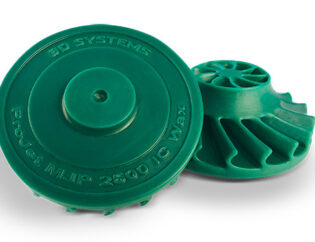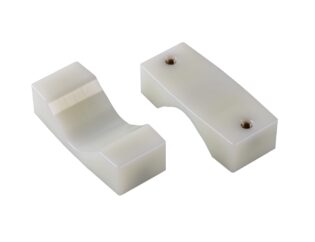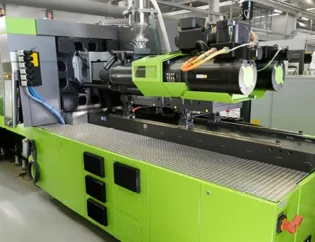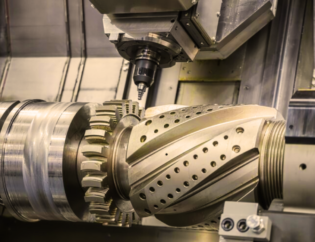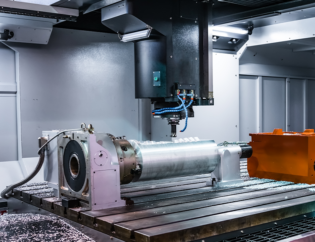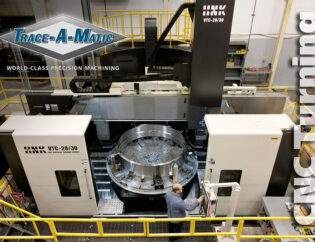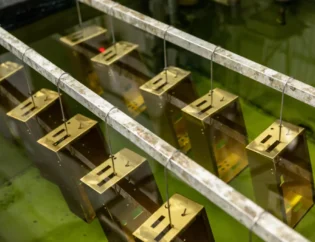In recent years, ceramic printing has emerged as a revolutionary technique in the world of manufacturing and design. This innovative process allows for the creation of intricate and durable ceramic pieces, merging artistry with technology. As industries seek sustainable and customizable solutions, understanding ceramic printing becomes essential for designers, manufacturers, and artists alike.
This guide will delve into the fundamentals of ceramic printing, exploring its techniques, materials, and applications. Readers can expect to learn about the various types of ceramic printers, the intricacies of the printing process, and the advantages of using ceramics in modern design. By the end, you will have a comprehensive understanding of how to harness this technology effectively.
The Ultimate Guide to Ceramic 3D Printing
Ceramic 3D printing is a fascinating advancement in the world of additive manufacturing, merging traditional ceramic techniques with modern technology. This innovative process allows artists, designers, and engineers to create intricate and precise objects that were once challenging or impossible to achieve by hand. In this guide, we will explore the various types of ceramic 3D printers, their technical features, and the applications of ceramic 3D printing.
Understanding Ceramic 3D Printing
Ceramic 3D printing involves the layer-by-layer deposition of ceramic materials, which can range from traditional clays to advanced technical ceramics. The process typically begins with a digital design created using computer-aided design (CAD) software. The printer then extrudes the ceramic material through a nozzle, building the desired shape. After printing, the object is fired in a kiln, where it undergoes sintering, fusing the ceramic particles into a solid structure.
Technical Features of Ceramic 3D Printers
When selecting a ceramic 3D printer, it’s essential to consider various technical features that can impact the quality and efficiency of your prints. Below is a comparison table highlighting key technical specifications of popular ceramic 3D printers.
| Feature | WASP Delta 2040 Clay | 3DCeram C3600 Ultimate | Cerambot Eazao Zero | ZMorph VX |
|---|---|---|---|---|
| Printer Type | FDM/LDM | SLA | DIW | FDM |
| Build Volume (mm) | 200 x 200 x 400 | 600 x 600 x 300 | 150 x 150 x 240 | 530 x 555 x 480 |
| Print Speed (mm/s) | 300 | 100 | 10-40 | 50 |
| Layer Thickness (mm) | 0.5-2.0 | 0.025 | 0.5-2.0 | 0.05-0.5 |
| Materials | Clay, Porcelain | Ceramic | Pottery Clay | Clay, Plastics |
| Software Compatibility | Cura, Slic3r | Proprietary | Cura | Cura, Slic3r |
Types of Ceramic 3D Printers
Ceramic 3D printers can be categorized into several types based on their printing technology. Each type has its unique advantages and applications. The following table summarizes the different types of ceramic 3D printers.
| Printer Type | Description | Advantages | Disadvantages |
|---|---|---|---|
| FDM/LDM | Uses filament or paste extrusion to create objects layer by layer. | Fast printing speeds, versatile materials. | Limited detail compared to SLA. |
| SLA | Utilizes a laser to cure liquid resin into solid objects. | High precision and detail. | Slower printing speeds, requires post-processing. |
| DIW | Direct Ink Writing extrudes viscous materials through a nozzle. | Good for complex geometries. | Limited material options. |
| Binder Jetting | Deposits a binding agent onto layers of ceramic powder. | High-speed production, suitable for large parts. | Requires post-processing for strength. |
Applications of Ceramic 3D Printing
Ceramic 3D printing has a wide range of applications across various industries. Here are some notable uses:
- Art and Design: Artists leverage ceramic 3D printing to create intricate sculptures and functional art pieces, pushing the boundaries of creativity.
- Medical and Dental: Biocompatible ceramics are used for implants, prosthetics, and dental restorations, benefiting from their durability and precision.
- Aerospace and Automotive: Lightweight and high-strength ceramic components are essential for thermal shields and insulators in these industries.
- Electronics: Ceramics are used to fabricate sensors, circuit boards, and insulators due to their excellent electrical insulation properties.
- Research and Development: Rapid prototyping with ceramic materials allows for quick testing and innovation in product design.
Conclusion
Ceramic 3D printing represents a significant advancement in additive manufacturing, offering unique capabilities for creating intricate and durable objects. With various types of printers available, each suited for different applications, it’s essential to choose the right one based on your specific needs. Whether you’re an artist, engineer, or hobbyist, ceramic 3D printing opens up a world of possibilities.
FAQs
1. What materials can be used in ceramic 3D printing?
Ceramic 3D printing can utilize a variety of materials, including traditional clays, porcelain, and advanced technical ceramics like alumina and zirconia.
2. How does ceramic 3D printing differ from traditional ceramic methods?
Ceramic 3D printing allows for more intricate designs and faster production times compared to traditional methods, which often require manual shaping and firing.
3. Is ceramic 3D printing suitable for industrial applications?
Yes, ceramic 3D printing is widely used in industrial applications, particularly in aerospace, automotive, and medical fields, due to its ability to produce high-strength and precise components.
4. What are the advantages of using SLA printers for ceramics?
SLA printers offer high precision and detail, making them ideal for creating intricate designs and fine features in ceramic objects.
5. Can I use a standard 3D printer for ceramic printing?
While some standard 3D printers can be adapted for ceramic printing, specialized ceramic 3D printers are recommended for optimal results and material compatibility.

